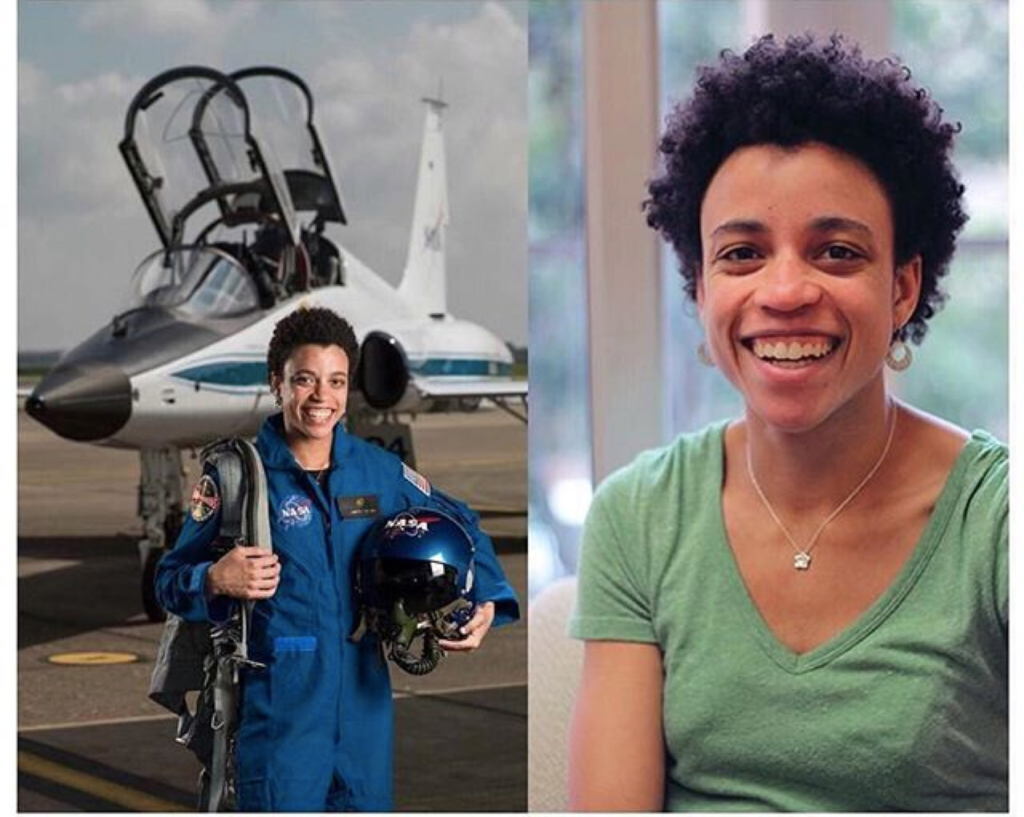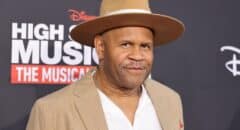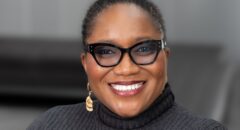
We are no longer hidden figures.
Out of 18,300 applicants, a record number for NASA submitted in 2015, one black woman made it to the top of the list: Jessica Watkins.
Watkins is a 29-year-old geologist from Lafayette, Colorado and is super excited about her opportunity at NASA. And she is well aware of her home state's aerospace industry. Since 1962, 20 astronauts with some University of Colorado affiliation have flown 48 space missions, with 18 of those astronauts having connections to the Boulder campus.
But Watkins said that she always knew that she wanted to be an astronaut, way before college.
She and her family moved to Lafayette when she was in fifth grade — Watkins still remembers an after-school enrichment program at the Judith A. Resnik Elementary School in Gaithersburg, named for the second American woman in space, who died in the 1986 Challenger disaster.
"I must have had a conversation with my parents about who she was, and her story, and was inspired by that, but that continued in middle school," said Watkins, who attended Louisville Middle School.
"I remember specifically working on a science fair project, building model rockets and testing them. And having fun with that experiment has stuck with me and encouraged me to pursue this passion."
After majoring in mechanical engineering at Stanford and admitting that wasn’t her passion, she shifted gears and started studying planetary geology. After completing her doctorate in geology at UCLA, Watkins began working on the Mars Curiosity rover, according to NASA.
The new class will begin their two-year training at the Johnson Space Center in Houston in August 2017. While training, the candidates will learn a range of lessons, including on the International Space Station systems, robotics training, space walks, the Russian language and flight training.
Some of the candidates could participate in the Orion mission, which aims to send men and women to Mars. Watkins, who worked on the Mars Curiosity rover, has a good chance of being one of those to set foot on the planet. She told the Lafayette News that she’s “excited about contributing to” NASA’s expansion of human presence in space.
In an interview with Blastr, Watkins said she’s passionate about...
... encouraging young girls to pursue a career in STEM. She advises girls who are interested to get a mentor, especially a female mentor, to help them.
“That is something that has really pushed me to this point in my life,” she said. “I’ve been really grateful and lucky to have the mentorship support that I’ve received from a lot of my teachers and professors and supervisors. That’s been something that’s really important for me, and I think help with that idea of persistence, having a mentor who can continue to push you and encourage you in a STEM field is really helpful.”
Black astronauts are few and far in between in the history of NASA. But Watkins is in good company with the five black women who’ve made their mark including Mae Jemison, Yvonne Darlene Cagle, Stephanie D. Wilson, Joan E. Higginbotham and, more recently, Jeanette J. Epps.









